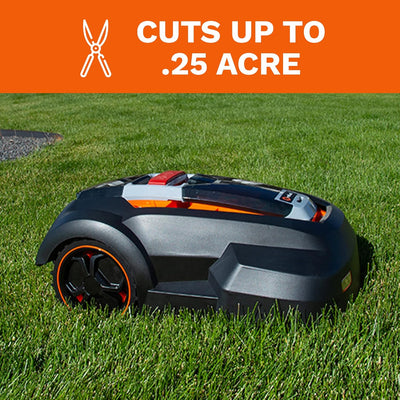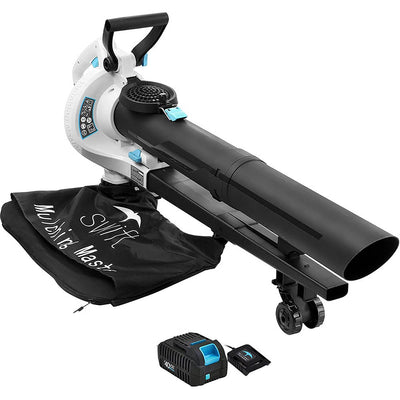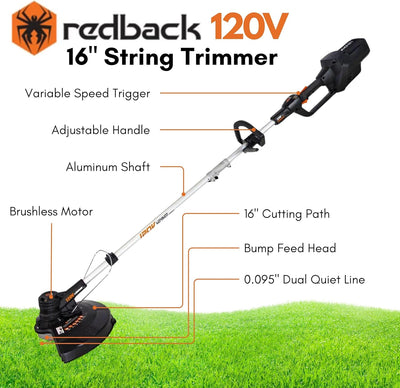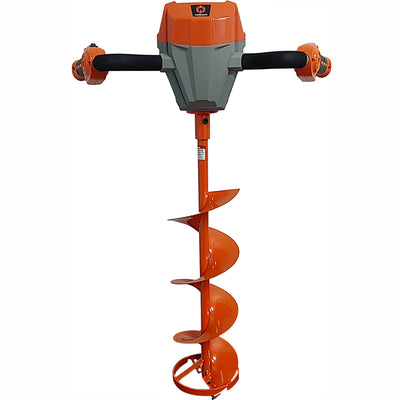Hedge Trimming Tips
Hedge trimming is an essential task for any garden enthusiast. It keeps your garden neat and ensures the health and growth of your hedge. However, it can be challenging, especially if you are a beginner. With many techniques and tools available, figuring out where to start can take time.

Here are some helpful hedge-trimming tips and tricks that will help you achieve a beautiful and healthy hedge. Whether you're a seasoned gardener or a first-timer, these tips will make hedge trimming a breeze!
Hand Pruning
Hand-pruning is a crucial step in maintaining the health and beauty of your landscape. While shearing can give shrubs and trees a tidy appearance, it's not enough to ensure their long-term health. Hand-pruning involves selectively removing dead, damaged, or diseased branches and shaping the plant for optimal growth. This technique allows for greater precision and attention to detail, resulting in healthier plants with stronger structural integrity. You can achieve a well-maintained, attractive, and healthy landscape by combining hand-pruning with shearing.
The Right Tool
Using a convenient and lightweight tool for hedge trimming can make a significant difference in the outcome of your landscaping efforts. Traditional hedge-trimming tools can be heavy and awkward, making the task time-consuming and exhausting. However, with modern technologies, many lightweight and easy-to-use hedge-trimming tools can make the job much more manageable. Models like the Redback Flex 40V Cordless Hedge Trimmer offer excellent performance while being lightweight and easy to handle. These tools are designed to hold comfortably, with ergonomic handles that reduce hand and arm strain. They are also more compact and require less storage space, making them an ideal choice for homeowners with limited space. Using a convenient and lightweight tool makes hedge trimming a more manageable task. It improves the overall job quality by allowing for greater precision and control.
Proper Technique
Proper technique is a crucial factor in achieving a well-manicured and healthy hedge. Doing the correct trimming methods can make all the difference in maintaining the shape and health of the plants. For instance, ensuring that the top of the hedge is narrower than the bottom can promote healthy growth and make an aesthetically pleasing shape. It also allows for more sunlight to reach the bottom of the plant, promoting healthy growth. Neglecting to trim the top of a hedge can lead to an overgrown and unkempt look, while failing to widen the bottom can result in a thin and spindly appearance. Additionally, trimming the hedge regularly and avoiding over-pruning can prevent plant stress and maintain natural beauty. Proper technique when trimming hedges can produce a more attractive and long-lasting result.
Assessment
Hedge assessment is a crucial step in trimming, as it helps ensure the job is done correctly and safely. Before starting the trimming process, assessing the hedge's condition, including its size, shape, and potential hazards, is important. By doing so, you can identify any damaged or weak branches that need to be removed and determine the best approach for shaping the hedge to achieve the desired result. Additionally, assessing the hedge before trimming can help you avoid damaging nearby structures or plants.
Clean Up
Clean-up is critical as it helps ensure the area is safe and tidy once the job is complete. After trimming the hedge, it's important to clean up any debris and clippings that may have fallen onto the ground, as they can create a safety hazard and detract from the landscape's appearance. Proper clean-up also helps prevent the spread of diseases and pests and promotes healthier growth for the hedge. Furthermore, removing the debris from the site can help decrease the risk of tripping or slipping accidents and ensure that the surrounding area remains accessible and safe for pedestrians and vehicles. Overall, clean-up is an essential part of hedge trimming that should never be overlooked.






